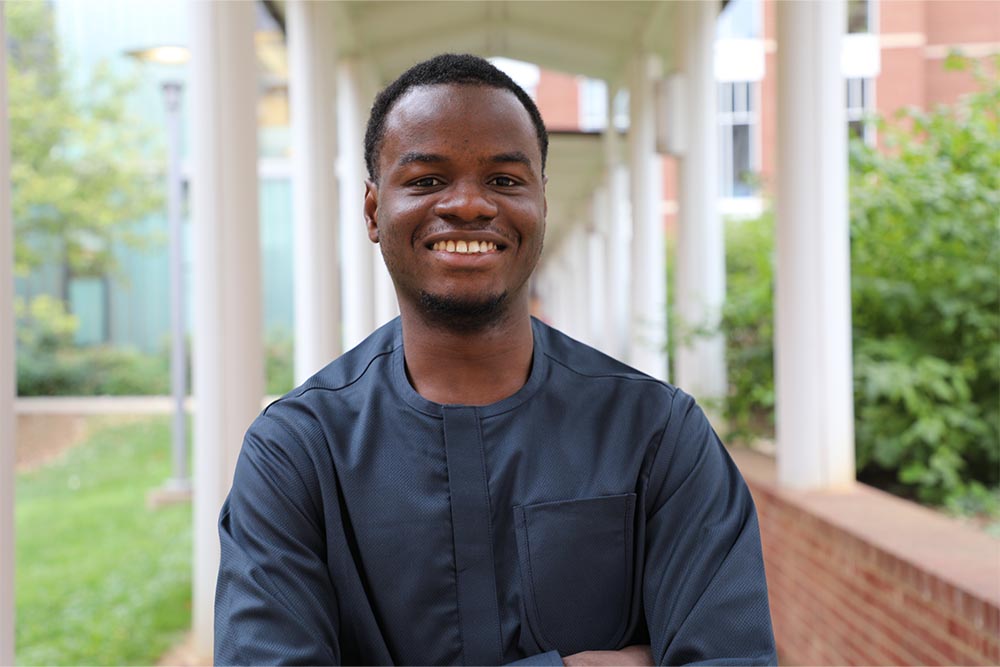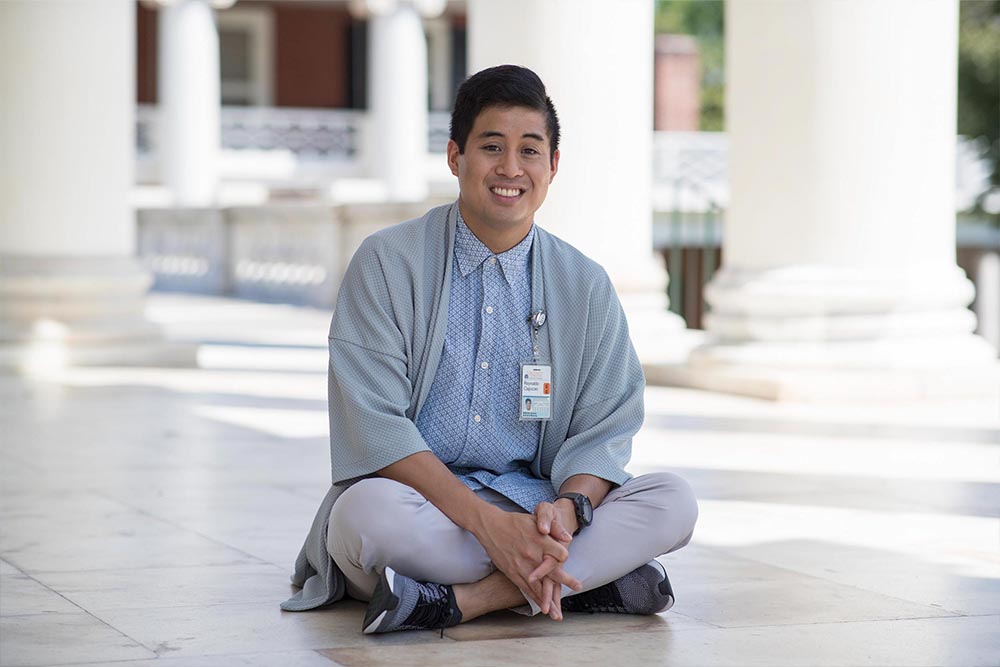
Student Research Opportunities
Nursing students have the opportunity to conduct research at all levels and across all programs.
Whether through their participation in education abroad programs through the School's Global Initiatives, being a paid undergraduate research intern working with a funded nurse scientist during the summer or across the school year, conducting an independent mentored Distinguished Majors Project, taking part in a group project using evidence-based practice techniques, or as part of a final scholarly project or capstone, a variety of opportunities exist for students curious about nursing science.
Distinguished Majors Program (DMP)
Undergraduate nursing students who demonstrate superior academic performance (GPA of 3.4 or above) are encouraged to apply for the school’s DMP to pursue a substantive project of their own that they would not have the opportunity to develop as part of their regular program of study.
The program is for high-achieving fourth-year BSN students interested in conducting original research under the mentorship of a faculty advisor.
The application process requires students to define a detailed research project and to obtain agreement from a faculty member to guide their research. The final product is a manuscript ready to submit for publication as well as an oral presentation; students submit possible journal names and author guidelines to the faculty advisor for approval. It is anticipated that the faculty advisor will be a co-author on most publications although the student must be the first author. The faculty advisor as well as the course professor review the manuscripts and approve the selection of the journal.
To apply for the DMP, contact the BSN academic program manager.
UVA School of Nursing Research Internship Programs
The School's Office for Nursing Research offers both a paid summer internship and a paid academic year research internship program for students interested in working with nurse scientists and faculty members on their funded projects. For BSN students, the internships offer personalized mentorship and hands-on experience as well as an up-close view of what it means to forge change beyond the bedside through science, advocacy, and scholarship.
- Summer Research Internship Program (apply by Feb. 28, 2025)
- Academic Year Research Internship Program (apply by April. 24, 2025)
For more information, email the Office for Nursing Research.
UVA Writing Center
Provides assistance with research papers, proofreading, and academic support services for UVA students.
UVA Office for Graduate and Post-Doctoral Affairs
Offers support, resources, and community for graduate student scholars.
Office of Citizen Scholar Development: Undergraduate Research
Provides support for undergraduate students engaged in research.
PowerPoint Presentation & Poster Templates
- UVA School of Nursing-branded PowerPoint and poster templates (NetBadge required)
- Guidance on Posters – Scholarly Communications from the UVA Claude Moore Health Sciences Library
- UVA Printing Services, a low-cost, on-Grounds option for printing needs
- The Katherine M. Donohoe Clinical Research Award
up to $3,000 for graduate student scholars pursuing clinical research to improve patient care - Rodriguez Nursing Leadership and Research Fund
The Fund provides monetary awards to students in the School of Nursing as they seek experiential learning opportunities in health care outside of the classroom, both in the US and abroad, as a complement to and extension of their nursing education at UVA.





